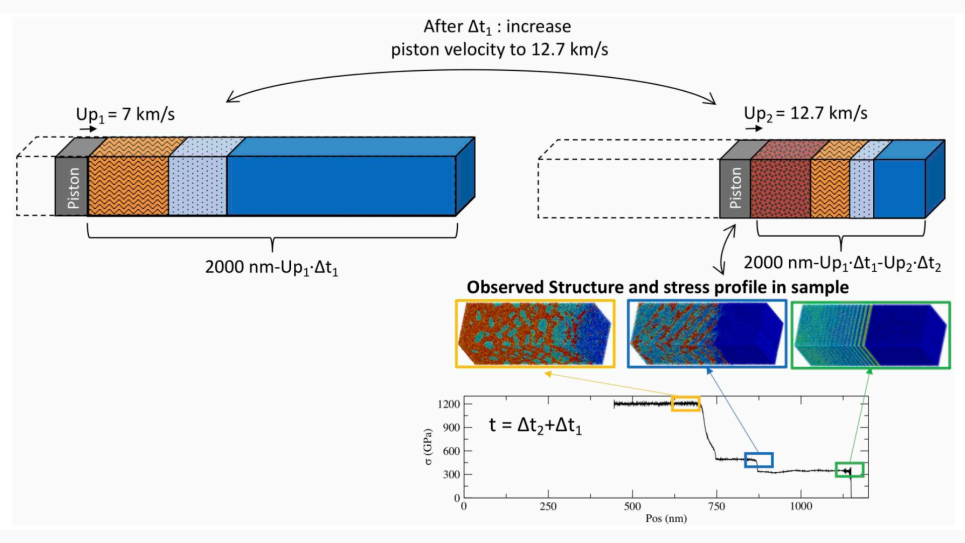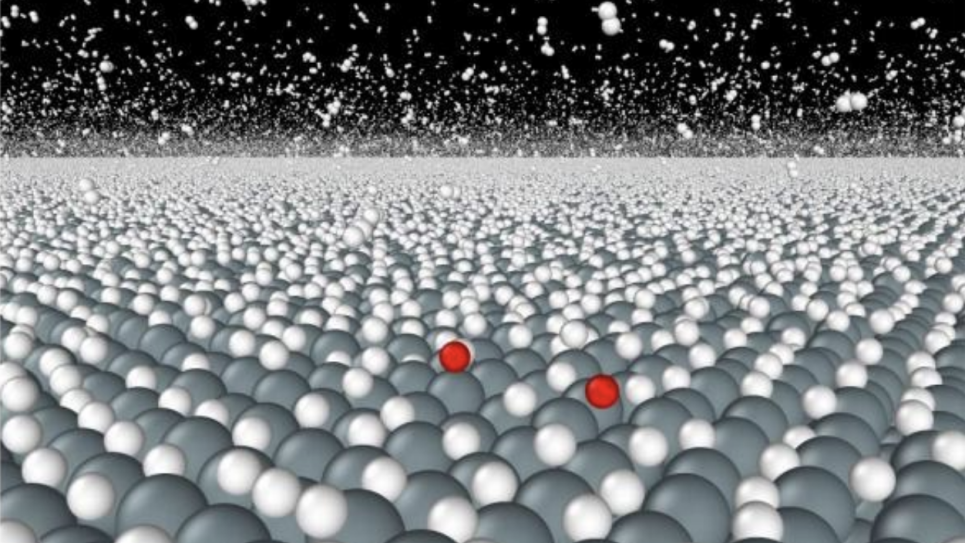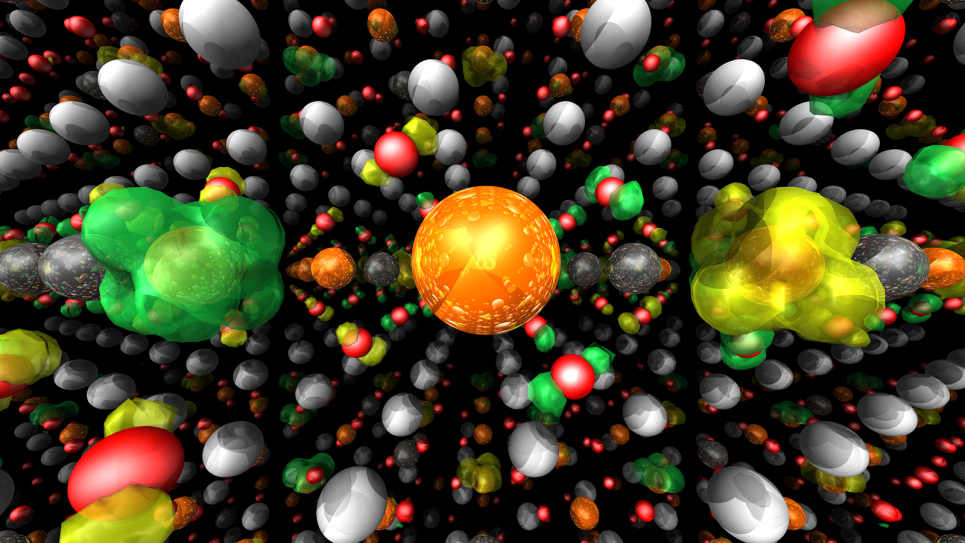New materials and phenomena are needed to realize low-cost, efficient, and sustainable conversion of sunlight into usable and clean forms of energy. Organic assemblies and transition-metal oxides comprise two promising classes of materials in this respect, and are of considerable interest for many next-generation solar energy applications, including photovoltaics and photocatalysis. The ability to tune these materials systems for solar energy conversion hinges on an understanding of the connection of their ground-state structure and atomic-scale geometry of their so-called “excited-state” properties, such as optical absorption, charge transport, and charge separation. This program will address precisely this challenge, and lead to new understanding and predictive capabilities for structural, optical, and related excited state properties of a broad array of photoactive organic molecules and solids, transition-metal oxides, and their interfaces with an eye toward next-generation solar energy conversion. In tandem with laying the groundwork for a ‘materials genome’-like database for such systems, the project will address important outstanding questions related to the performance of state-of-the-art algorithms and computational methods for describing ground- and electronic excited-state properties of complex organic- and oxide-based materials. The result will be improved abilities to predict electronic excited-state properties in complex materials, as well as new principles relating these phenomena to underlying atomic structure and chemical composition, both of which are central to the identification of next-generation energy conversion materials for harnessing sunlight into clean, renewable energy.


